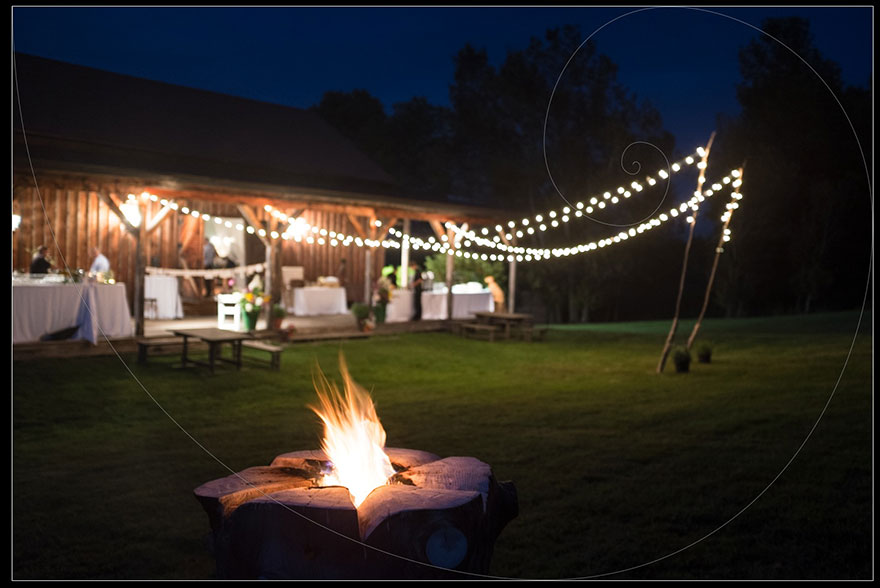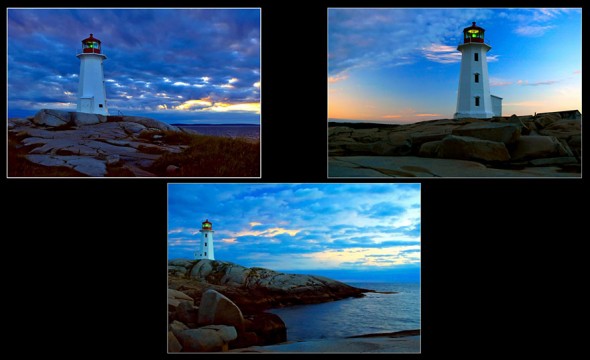Video

The WHY, not the HOW, of Cinematic Composition. Random thoughts.
The generally accepted foundations of filmmaking are lighting, camera movement, and composition. While there are many things to consider in the art and craft of filmmaking, these three practices are foremost. As filmmakers and directors we control what the viewer sees in the frame, how they see it, and when they see it.
Most beginning filmmakers and photographers making the transition to video are overwhelmed with what seems like an extremely steep learning curve and a vast amount of new topics, techniques, equipment, and terms. There is certainly a lot to learn, but there’s no need (and it’s not even possible!) to tackle everything at once.
Something we tend to forget is that we rarely make movies alone. We work with other people, who, while possessing a variety of skill sets and backgrounds, lend their creative and technical minds in a collaborative effort with a common goal. We can get lost within the amount of technical information at our disposal. And we can read inspirational books for years without actually shooting a single frame. The proper balance of both approaches is the key to success, and working with others broadens the knowledge base, enlivens the process, and makes finishing tasks at hand easier.
Gear is a typical entry point: Which camera should I get? Are Micro Four Thirds systems on par with APS-C and Full Frame systems? What’s the best lens? Are LED lights the best go-to solution? Can I increase the production value by simply adding a slider?
These conversations are great to have, and that’s something that we frequently discuss on this site. But equipment alone can only get you so far. Understanding WHY you would use a certain lens, or light, or movement is just as important, if not more so, than HOW you would manage these responsibilities. We don’t watch movies and wish they had used a wider aperture or a lighter tripod. We care about how we are, or are not, moved by the STORY. Were we “pulled into” the screen for the duration of the piece, or did it wash over us like an advertisement?
Filmmaking is tremendously multifaceted, and composition is perhaps the least understood aspect of the process. Composing shots to tell stories with moving images is similar to arranging a composition for a still photo or a painting, but given its diverse and sometimes unique frame sizes, cinema has created its own visual principles. From the same location, and using the same camera and lens combination, we can create contrasting visual elements within the frame to manipulate the viewer’s attention to a specific element and to create compelling compositions.
Using contrasting visual elements to guide the viewer’s attention is usually achieved through lighting, but understanding and applying the most common compositional techniques will put more powerful cinematography tools at your disposal.

